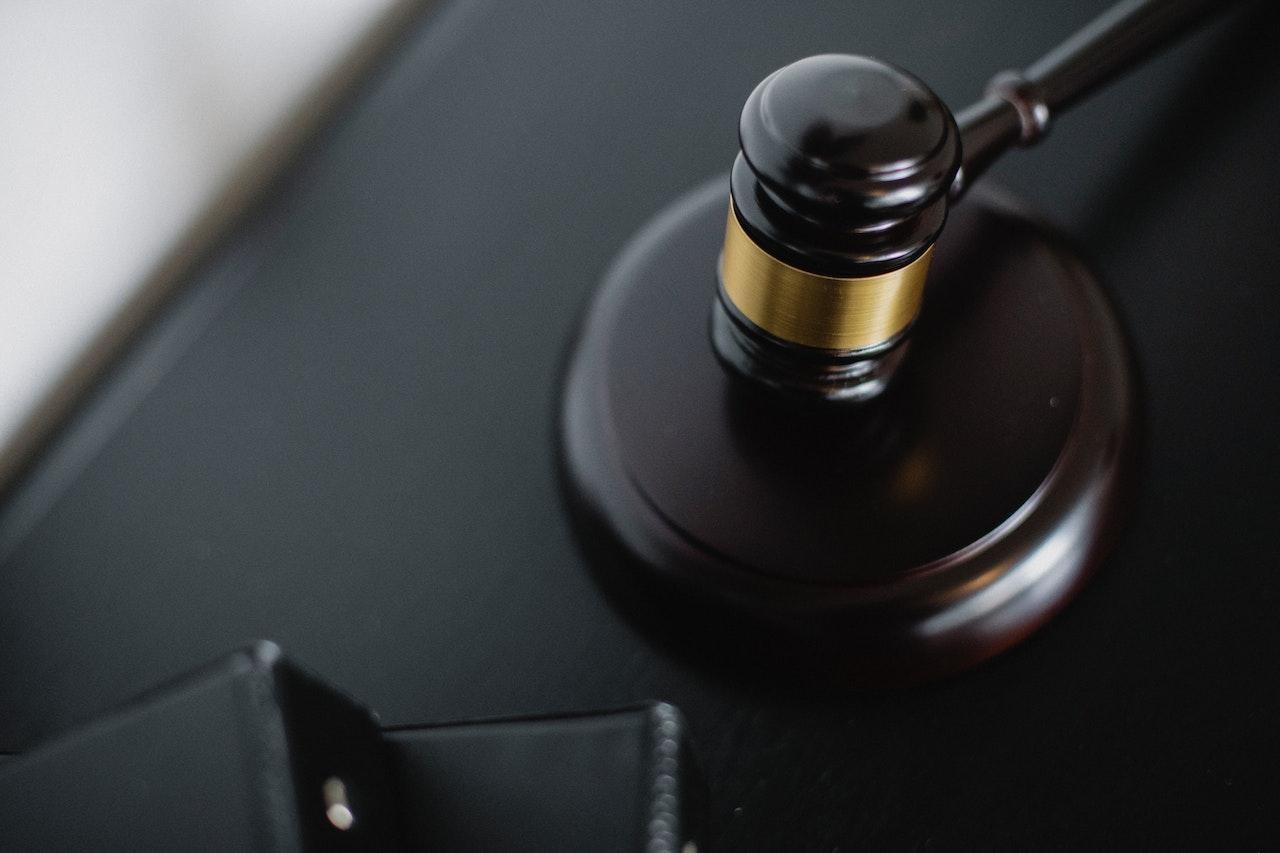Unlike other AP exams, which assess your understanding of historical trends, AP US History asks you to interpret and compare historical evidence. That means that your background knowledge will only help you if it’s relevant to the question being asked! Studying for this content-heavy exam requires a lot of time and effort. Thankfully, there are some helpful tips to help you get ahead.
Table of Contents
Make a List
The AP U.S. History exam is one of the most content-heavy subjects you can take as a high school student, so it’s essential to have a clear strategy for preparing and using an AP US history study guide. You’ll need to prepare for the multiple-choice section of the test, as well as the document-based question (DBQ) and long-essay question (LEQ). An excellent way to start preparing is to create a list of all the main topics and historical events you will need to understand for the course. You can also find a great list of official practice questions and resources on the College Board website, and many study guides for the course include a set of AP US History practice questions. Once you have a list of all the critical information, divide it into different categories, such as periods or specific dates and people. It is a good idea to categorize information in this manner because AP US History covers centuries of history, which will help you focus on what you need to know for the exam. Another way to make a list is to use index cards. They are virtually made for this purpose, as they have a blank side and a lined side you can write on. If you don’t have index cards, you can use regular printer paper, fold it over itself and cut along the crease lines to make a square card.
Categorize
Unlike the SAT, which can ask you about any topic, the AP US History exam limits your history study in what is now the United States. This makes it much easier to figure out what you need to learn and how much time you must spend on it. Organizing your flashcards by topic is one of the best things you can do when using them to study for AP U.S. History. If you’re using pre-made cards or studying with a friend, having a whiteboard or course outline can also be helpful when reviewing. For example, you can break down the course into nine distinct periods and study each at a time instead of trying to cover everything in one sitting. You should identify what you’re weakest in and focus on those areas and which topics you’re strongest at. Then you can build up your skills in those areas and fill in gaps in your knowledge. You may be tempted to buy pre-made flashcards or download some from an online site, but making your own is even better for several reasons. When you make your own, you’re re-reading the content and writing down the information on both sides of the card, which helps you remember it more effectively. Plus, you can categorize the cards based on topic or question type and practice your historical reasoning skills.
Make It Memorable
The content you’ll be tested on for AP US History can be difficult to remember, especially without practice. It’s essential to build up your knowledge throughout the year and regularly review it to avoid forgetting what you’ve learned earlier in the course. To help you with this, use the College Board’s outline for the exam as a guide to plan your studying sessions. This outline breaks down the course into nine periods, from 1491 to the present. These preset periods make studying large chunks of history at a time easy, making them more manageable for your brain to process and remember. Another way to make your flashcards more memorable is by using a brightly colored pen and writing out the information clearly on each card. This will help your visual memory take hold and recall the information later.
Similarly, you can diagram historical ideas on a whiteboard, which is excellent for visual learners. Finally, if you still need to, try taking a full official practice test under realistic testing conditions. Time yourself and complete both the DBQ and the extended essay, and be sure to mark any multiple-choice questions you had to guess on—even if you guessed correctly. This will give you an accurate reading of your strengths and weaknesses so that you can focus on areas that need improvement.
Repeat
Whether you use traditional paper flashcards or an online app, how you organize them is critical to how well you study. Depending on the type of flashcards you use, you should categorize them by their topic. Starting with those areas that need the most review and moving forward would be best. This helps ensure you pay attention to essential topics, as the AP US History exam is notorious for its vast scope. It is also helpful to break up the card information into sub-categories. For example, if you have a card covering the American Revolution, break it into the nine periods outlined in the course curriculum. This will help you remember the information better and make it more likely to be retained for a test-taking period. Another good way to study is using spaced repetition when studying a flashcard. This technique involves showing the student the card in intervals determined by how well they know the information. This is based on research that shows students can only remember information when it is repeated at just the right frequency. Using this method can improve your retention of information and, ultimately, your AP US History scores.
Also Read – Essential Things To Prepare When Availing of a Lifeline Service Program




